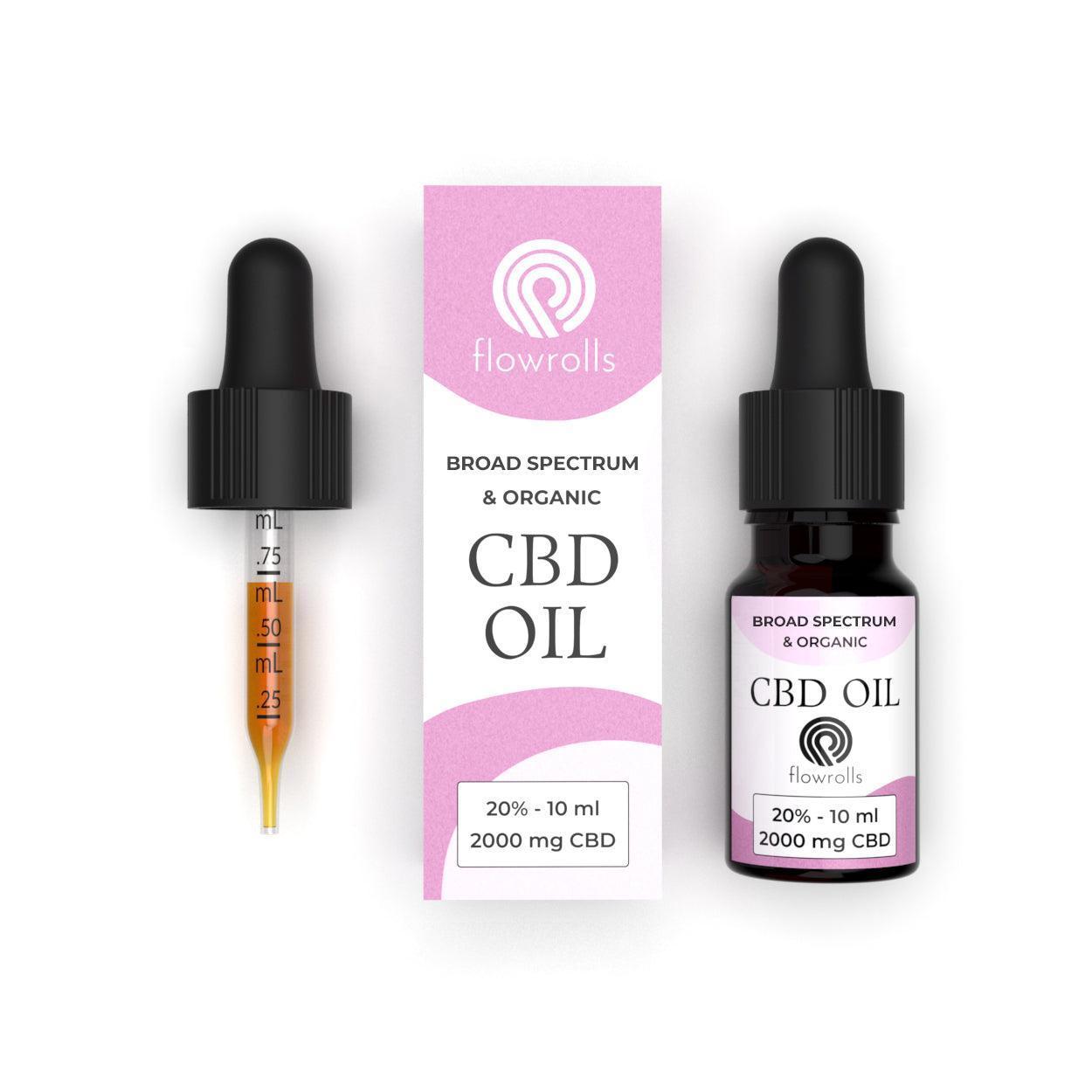When we think of cannabis and its less known Cannabinoids, the two compounds that typically come to mind are THC and CBD. THC is famous for its psychoactive effects, while CBD has gained popularity for its potential therapeutic benefits without the "high." However, cannabis is a complex plant that produces over 100 cannabinoids, each with unique properties and potential benefits. Among these lesser-known compounds, cannabigerol (CBG) is emerging as a promising candidate for a variety of therapeutic applications. In this post, we'll explore CBG and other minor cannabinoids, shedding light on their potential health benefits and why they deserve more attention.
Have a look at our CBD collection.
What is CBG?
Cannabigerol, or CBG, is often referred to as the "mother of all cannabinoids." This is because CBG is the precursor to other cannabinoids like THC, CBD, and CBC (cannabichromene). During the cannabis plant’s growth, enzymes convert CBG into these other cannabinoids, meaning that by the time the plant is mature, there is usually only a small amount of CBG left—typically less than 1%.
Due to its rarity, CBG has not been studied as extensively as CBD or THC, but early research is beginning to uncover its potential therapeutic properties. Unlike THC, CBG is non-psychoactive, meaning it doesn't produce the high associated with cannabis use.
Potential Benefits of CBG
- Anti-Inflammatory PropertiesOne of the most promising areas of CBG research is its anti-inflammatory effects. Studies suggest that CBG may be effective in reducing inflammation in conditions like inflammatory bowel disease (IBD). A 2013 study on mice found that CBG could reduce the inflammation associated with IBD, paving the way for potential therapeutic applications in humans .
- Neuroprotective EffectsCBG may also have neuroprotective properties. Research has shown that CBG can protect neurons in models of neurodegenerative diseases such as Huntington’s disease. In a 2015 study, CBG was found to have protective effects on neurons, suggesting that it could be a potential treatment for neurodegenerative conditions .
- Anti-Bacterial and Anti-MicrobialCBG has been found to have potent anti-bacterial properties, particularly against antibiotic-resistant strains of bacteria like MRSA (methicillin-resistant Staphylococcus aureus). This makes CBG a promising candidate in the fight against antibiotic-resistant infections .
- Potential in Cancer TreatmentPreliminary research indicates that CBG may inhibit the growth of cancer cells. A study conducted on mice showed that CBG could slow down the progression of colorectal cancer cells, offering a new avenue for cancer treatment research .
Other Lesser-Known Cannabinoids and Their Benefits
Beyond CBG, several other minor cannabinoids are gaining attention for their potential therapeutic effects:
- Cannabichromene (CBC)CBC is another non-psychoactive cannabinoid with anti-inflammatory, anti-depressant, and anti-fungal properties. It has also shown potential in promoting neurogenesis, the process of creating new neurons in the brain, which could be beneficial in treating conditions like depression and Alzheimer’s disease.
- Cannabinol (CBN)CBN is a mildly psychoactive cannabinoid known for its potential sedative effects. It is often found in aged cannabis and is believed to be particularly effective as a sleep aid. CBN may also have anti-inflammatory, anti-convulsant, and antibiotic properties.
- Tetrahydrocannabivarin (THCV)THCV is a psychoactive cannabinoid that, in low doses, can suppress appetite, making it a potential tool in weight management. It is also being studied for its potential to regulate blood sugar levels in patients with type 2 diabetes and for its anti-anxiety effects.
- Cannabidivarin (CBDV)CBDV is similar to CBD in its chemical structure and is being researched for its potential in treating neurological disorders such as epilepsy. Early studies have shown that CBDV may help reduce the frequency and severity of seizures, particularly in treatment-resistant epilepsy.
Why Are These Cannabinoids Still Under-Researched?
Despite their potential, these lesser-known cannabinoids remain relatively under-researched compared to CBD and THC. Several factors contribute to this:
- Scarcity: Many of these cannabinoids are present in very low concentrations in the cannabis plant, making them difficult and expensive to isolate in large quantities for research.
- Legal Barriers: The legal status of cannabis in many countries has historically limited research on the plant’s various compounds, although this is gradually changing as cannabis laws are reformed.
- Focus on THC and CBD: The majority of research funding and interest has been directed towards THC and CBD, given their prevalence and the demand for products containing these compounds.
The Future of Minor Cannabinoids
As cannabis research expands, these lesser-known cannabinoids are likely to gain more attention. With advances in extraction technology and a growing interest in the therapeutic potential of cannabis, we can expect to see more studies and products focusing on CBG, CBC, CBN, and other minor cannabinoids.
In the meantime, consumers interested in the potential benefits of these cannabinoids should look for full-spectrum or broad-spectrum cannabis products. These products contain a range of cannabinoids and terpenes, offering the potential benefits of the entourage effect, where the various compounds work synergistically to enhance their therapeutic effects.
Conclusion
The world of cannabis is far more complex and diverse than just CBD and THC. Cannabinoids like CBG, CBC, CBN, and others hold significant promise for a variety of therapeutic applications. While research is still in its early stages, the potential benefits of these compounds are compelling, and they may soon play a key role in the future of cannabis-based medicine. As our understanding of these cannabinoids deepens, they could open new doors in the treatment of a wide range of conditions, offering hope and healing where other treatments have failed.

















